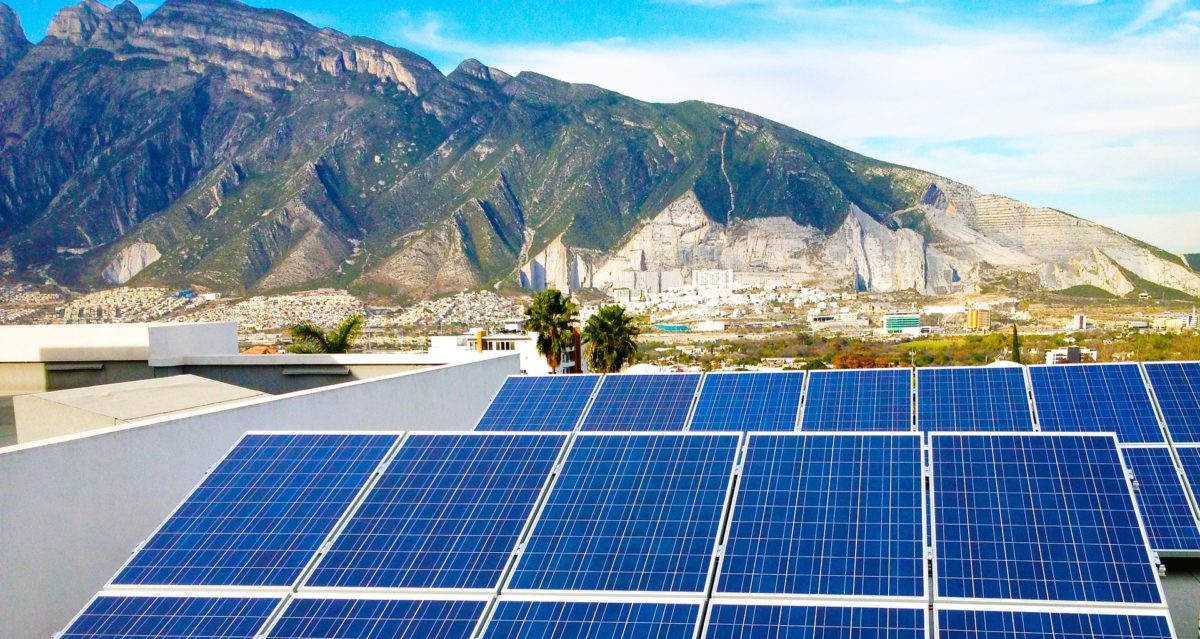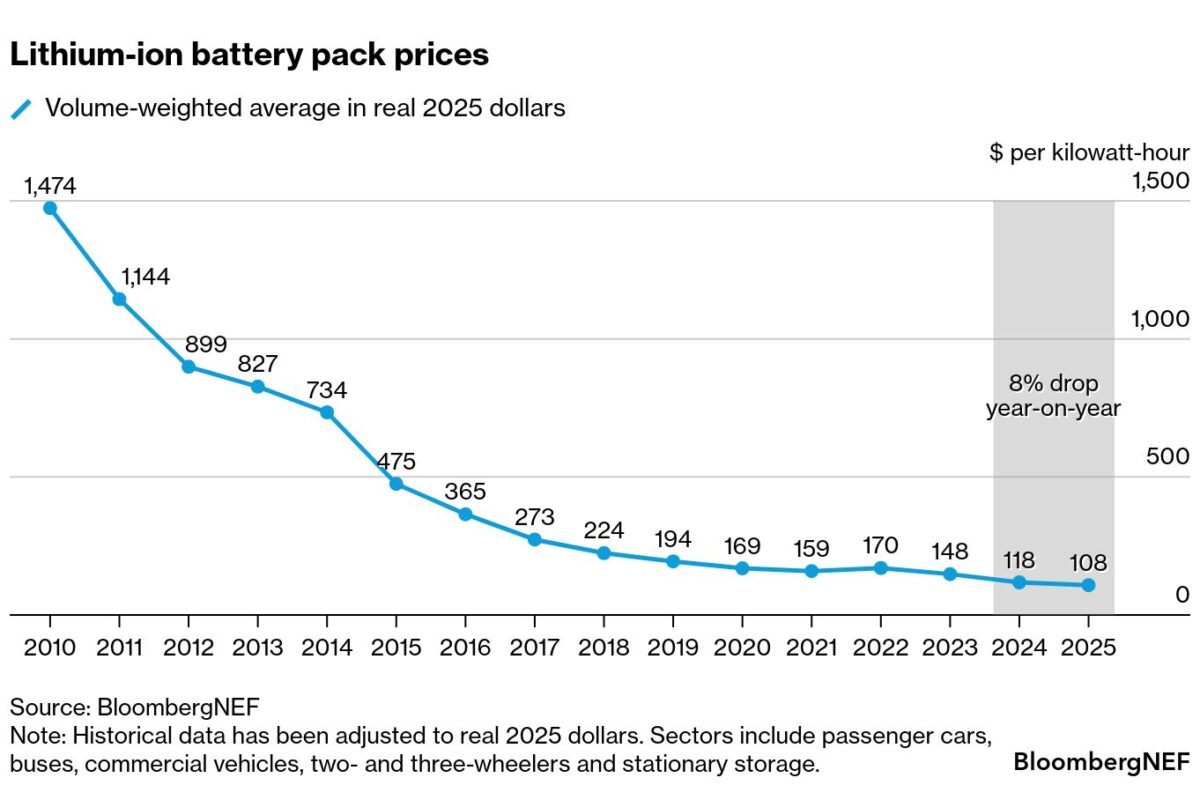From pv magazine USA
The California Public Utilities Commission (CPUC) is expected to vote on the Net Energy Metering (NEM) 3.0 proposal in mid-December. It could change the structure of net metering and lower export rates by as much as 76%.
Net metering is a process under which utilities pay rooftop solar owners to export electricity back to the grid. The solar array produces extra electricity during the day and in sunnier times of the year, so that a credit carries on the utility bill to cover the times when solar production is not covering electricity usage. Net metering helps rooftop solar owners get a return on their investment, and the excess energy sent by the system helps utilities balance the grid and meet demand.
Currently, average net-metering rates range from $0.23/kWh to $0.35/kWh, and the new proposed decision cuts those rates to an average of $0.05/kWh to $0.08/kWh. This is set to be the largest drop in export rates in US history.
Current NEM 1.0 and 2.0 customers are grandfathered into their rates for 20 years, as are those who receive grid-interconnection approval from the utility before 3.0 is enacted, should it go through in the vote. If enacted, the final date by which interconnection approval would be needed to attain NEM 2.0 rates would be April 15, 2023.
“If passed as is, the CPUC’s proposal would protect utility monopolies and boost their profits, while making solar less affordable and delaying the goal of 100 percent clean energy,” said Bernadette Del Chiaro, executive director of the California Solar and Storage Association (CALSSA).
There are several case studies across the nation that have shown solar adoption falls sharply following such a regulatory decision. In California, the Imperial Irrigation District abandoned net metering in July 2016, causing residential solar installations to decline by 88%. Also in 2016, Nevada made a cut to net-metering compensation resulted in a 47% reduction in residential solar installations over the next year, said CALSSA. This led to a 2017 legislative session that restored net metering, which drove an increase in solar adoption.
pv magazine print edition
“At a time when California needs rooftop solar to flourish, it’s risky to cut a key incentive without having a viable alternative in place. California’s decision-makers need to make rooftop solar as affordable and accessible as possible so that every household with solar potential can realistically make the choice to go solar,” said Laura Deehan, state director of Environment California.
The CPUC found that California must triple the amount of local, distributed solar to reach the clean energy mandate laid out by the state’s Senate Bill 100. CALSSA said rooftop solar will save California ratepayers $120 billion by 2050, or $300 per person per year.
Abigal Ross Hopper, the president and CEO of the Solar Energy Industries Association (SEIA), said that the decision should be altered to “ensure a more gradual transition to net billing.”
With the upcoming CPUC vote, there is still time to voice opinion on the rulemaking procedure. Visit savecaliforniasolar.org to learn more.
This content is protected by copyright and may not be reused. If you want to cooperate with us and would like to reuse some of our content, please contact: editors@pv-magazine.com.




In BC Canada, we get 10 cents per kilowatt for all power sent to the utility..You should be lucky to get twice that.. the new rate is equivalent to our rates..get use to it.
Sure, but we pay 50c per kw when draw from the grid. Would you like that pricing in BC too?
Average rates in British Columbia is under 13¢/kWh…
The utility companies will always push for higher profits. The answer comes with more cost effective primary and back up storage and delivery systems. They are coming.
My thought was to gradually come to a reasonable amount for both sides. Like what does a utility pay for a wholesale kWh?
I wonder how much all solar rooftop subsidy adds up to and if that amount could instead be used to do what China does which is massive vertically integrated PV manufacturing…
Here, on this side of the planet.
Jobs, ya, but it would actually be more efficient to make our LFP and PV over here, too.
Speaking of efficiency, I really wonder if PV returns enough energy to not only make double itself, but to make two sets of LFP battery with a capacity equal to close to the inverse of PV capacity factor (about 18 hours)?
If we subsidize that which can truly become independent from requiring fossil fuels for indefinite manufacture, then that’s good (and PV does get an EROI of about 10). But if that EROEI of ten isn’t high enough to at least double it’s own growth (over it’s lifetime) and provide for the 2 x 18 hrs of stationary storage, then we are subsidizing that which will need some fossil fuels to keep afloat.
Maybe nuclear should be used to make the massive amounts of PV/LFP needed to actually transition and with continued exponential growth powered by themselves) ? That way, far less fossil fuel emissions and less long-term nuclear wastes. If we really wanted to transition and if the EROI of PV/LFP want high enough, we would need a lot more nuclear.
The problem with that is we didn’t do to nuclear as to what we did to…
Everything else. Make it better, faster, cheaper (like Alvin Weinberg wanted to do…
It is time to turn roof top solar into a peak load demand supplier by increasing storage capacity. Then charge utilities peak demand rates.
Don’t sell it back . Keep it in batteries.
Net metering/Net Billing rates should include a bonus based on how much CO2 and other GHGs are prevented from entering the atmosphere by the solar PV system. i.e. if the local utility electricity is 100% hydropower power, or 100% nuclear power there is no added benefit from the solar PV to mitigate global warming, however, if it is 100% coal or natural gas, the bonus should be $100 -$200/ton carbon saved from entering the atmosphere, based on the social cost of carbon and the cost of removing CO2 from the atmosphere in the future, AKA Levelized Cost of Carbon Abatement. The typical 6kw PV system will save about 12 tons per year if the electricity is supplied with coal, 6 tons per year from natural gas, equal to $600 – $2,400 per year savings in carbon emissions.